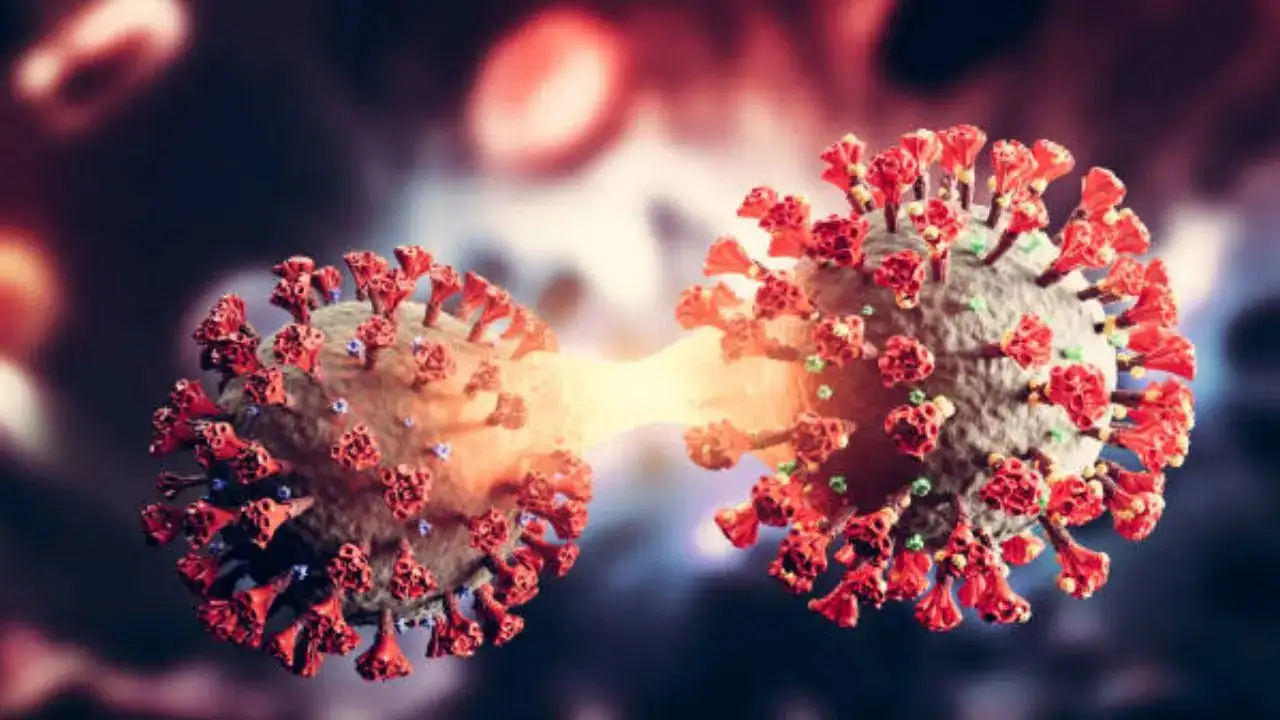
COVID Cases On Rise In Singapore: Is A New Variant Taking Over? (Image Credits: iStock)
Just when the world was beginning to move past COVID-19, the virus is back, making headlines again—this time due to a sudden rise in cases in Singapore. The spike has raised concerns among health experts, who are warning countries to stay alert. Since the beginning of the pandemic, COVID-19 has hit in waves. The Alpha variant, first found in the UK, spread quickly and marked the start of global outbreaks. Then came the Delta wave, which was more severe and overwhelmed hospitals in many parts of the world. After that, the Omicron variant arrived. It was much more contagious but usually caused milder illness. Still, Omicron and its many subvariants kept the virus going, especially among people who were not vaccinated or had weak immunity.
Which COVID Variant Is Causing The Singapore Surge?
Now, in 2025, a fresh wave is making headlines in Southeast Asia, with Singapore at its epicentre. This time, the culprits are new Omicron subvariants—LF.7 and NB.1.8, both descendants of the JN.1 lineage. Though early reports suggest the illness remains mostly mild, the sudden rise in cases has health authorities on alert.
COVID Cases Reported Till Now
According to the Ministry of Health (MOH), Singapore, COVID-19 cases jumped to 14,200 between April 27 and May 3, up from 11,100 the previous week. This significant uptick has been attributed to waning population immunity and the spread of new subvariants.
Together, LF.7 and NB.1.8 now account for more than two-thirds of all sequenced COVID-19 cases in the country. While not officially labelled as variants of concern by the World Health Organization yet, they are spreading faster than previous strains, prompting increased surveillance.
What Are the Symptoms?
So far, the symptoms caused by these subvariants appear to be mild in most cases, resembling those of earlier Omicron strains. These include:
- Persistent cough
- Sore throat
- Nausea and vomiting
- Conjunctivitis (pink eye)
- Brain fog or confusion
While most patients recover at home, the Singapore MOH urges people—especially those in high-risk groups—to seek medical care if symptoms worsen or persist.
Vaccination Still Plays a Key Role
One reassuring factor is that the current COVID-19 vaccines remain effective in preventing severe disease caused by these subvariants. The JN.1 strain, which forms the base for the present vaccine formulation, continues to offer broad protection.
Singapore’s health ministry has recommended booster doses for:
- People aged 60 and above
- People with chronic health conditions
- Residents of aged-care facilities
- Healthcare and frontline workers
“Those eligible should receive an additional dose roughly a year after their last shot,” stated the MOH, adding that vaccinations remain available for everyone aged six months and above.
Why This Wave is Raising Eyebrows
What’s especially puzzling about the current surge is its timing. COVID-19, like most respiratory viruses, typically sees a rise in cases during colder months. However, this spike is occurring during summer, a time when case counts usually dip.
Other Southeast Asian nations—including Hong Kong and Thailand—have also reported an uptick in infections, suggesting a regional transmission pattern. While LF.7 and NB.1.8 are not known to cause more severe illness, their rapid transmission rate could lead to community outbreaks if not monitored.
Experts are also cautious because the JN.1 strain, which these variants descend from, was responsible for the last major global wave, particularly affecting the United States and parts of Europe in 2024.
Should India Be Concerned?
While India has not yet reported a significant rise in cases, health experts urge preparedness rather than complacency. Given the country’s population size and healthcare disparities, even a mild variant can have a large impact if it spreads widely.
According to public health advisors and past pandemic trends, India should consider the following measures:
1. Strengthen Surveillance:
Establish real-time genomic monitoring of international arrivals, especially from Southeast Asia, to detect new variants early.
2. Reinforce Testing and Tracing:
Encourage testing for symptomatic individuals, especially in metro cities, and contact tracing in any emerging clusters.
3. Boost Vaccination Campaigns:
Initiate fresh drives for booster shots, targeting seniors, people with comorbidities, and frontline workers. Those who haven’t received a booster in the last year should be prioritized.
4. Tighten Border Controls:
Reintroduce symptom screening and consider random testing at international airports, particularly for flights from Singapore, Hong Kong, and Thailand.
5. Promote Public Awareness:
Reinforce basic COVID-19 behaviour like mask-wearing in crowded spaces, hand hygiene, and staying home when unwell.
6. Prepare Healthcare Facilities:
Ensure hospital infrastructure is equipped to handle an uptick in mild-to-moderate cases, and ICU readiness is maintained.
The current wave may not seem as severe as Alpha or Delta, but that’s no reason for countries to let down their guard. COVID-19 continues to evolve, and each new variant brings fresh uncertainties. While India remains in a stable position for now, the situation in Singapore is a timely reminder that preparedness is key to prevention.
